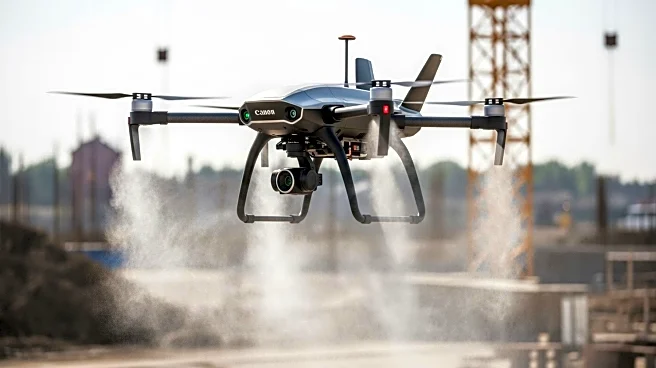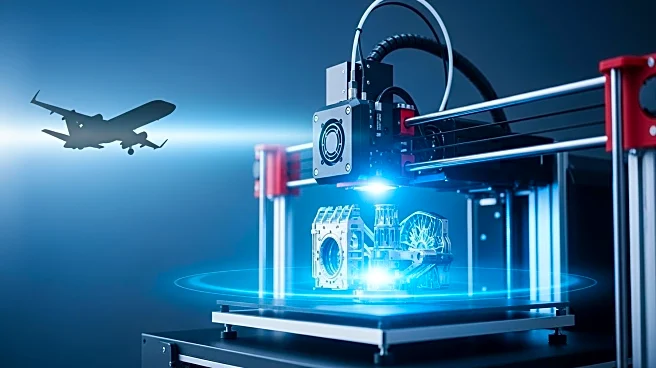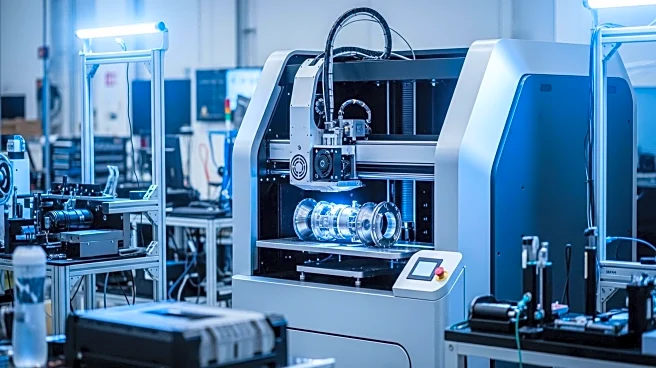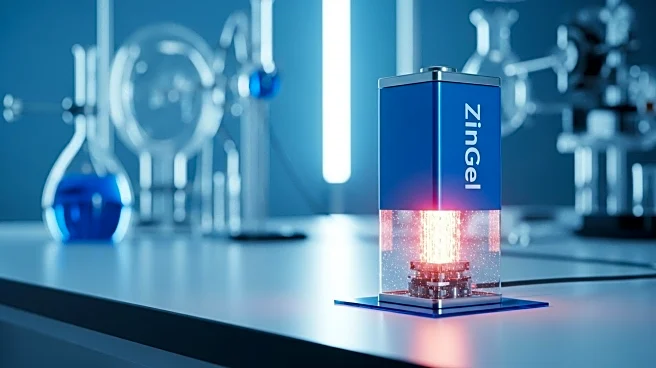What's Happening?
Mistify AI, a clean-tech start-up based in Oxfordshire, has introduced an innovative AI-driven misting system aimed at reducing harmful dust levels on construction and industrial sites. The system utilizes artificial intelligence, patented nozzle technology, and solar power to disperse ultra-fine atomized mist, effectively binding airborne particulates before air quality deteriorates. Trials of the system have demonstrated significant reductions in PM2.5 and PM10 particles, which are associated with health issues such as lung disease and cancer. The system is equipped with embedded cameras and laser sensors to monitor conditions and predict air quality decline, automatically adjusting spray intensity in real-time to target high-risk zones. Mistify AI's technology is supported by Oxford Brookes University and backed by organizations such as Oxfordshire Greentech and Oxford City Council.
Why It's Important?
The introduction of Mistify AI's dust suppression system is significant as it addresses the critical issue of air quality on construction sites, where exposure to silica dust is a major health concern. According to the Health and Safety Executive, silica dust exposure results in over 500 construction worker deaths annually in the UK. By reducing particulate matter, Mistify AI's system has the potential to improve worker safety and health outcomes significantly. Additionally, the system's ability to use up to 80% less water than conventional methods presents an environmentally sustainable solution, aligning with broader efforts to reduce water usage in industrial processes. The scalability of the system suggests it could be widely adopted across various sectors, enhancing its impact.
What's Next?
Mistify AI has set a seed-funding target of £1.5 million to support further engineering, certification, and testing of its dust suppression system. This funding will be crucial for the company to expand its operations and refine its technology for broader application. As the system gains traction, it may attract interest from construction firms and industrial sites seeking to improve air quality and worker safety. The backing from local organizations and government bodies indicates potential for policy support and integration into regulatory frameworks, which could drive adoption and standardization of such technologies in the industry.











